Racing in the 1950s
In the early 1950s teams and drivers competed across Formulas One, Two and Three, and in other motorsports. Drivers were paid per race and cars were traditionally painted in the national colours of the team’s home country. British racing green was usual for UK based teams but Walker painted his cars dark blue with a white roundel and stripe across the nose to echo the Scottish flag.
Tony Rolt entered the Rob Walker Racing Team’s first single-seater race at Silverstone in 1950, where he drove a pre-war Delage that had been modified at Pippbook. In 1953 he drove a Connaught A-type at the British Grand Prix – the team’s first entry in Formula One. The following year Walker signed the team’s first truly professional driver, Peter Collins. The team began to compete internationally in 1957 and achieved its first Formula One finish when Australian driver Jack Brabham finished seventh at the Italian Grand Prix. Brabham followed that by pushing his Cooper T41 past the chequered flag to take 6th place in Monaco.
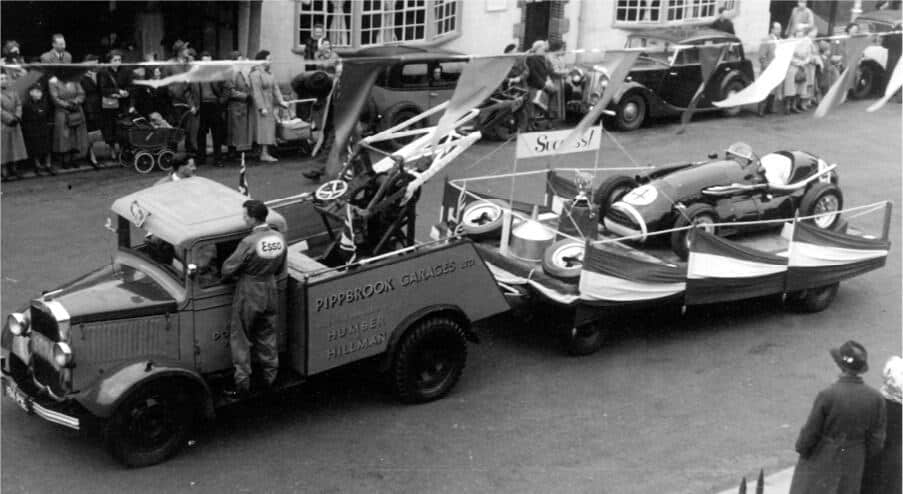
Following the Walker Team’s first Formula One victory in the 1953 Coronation Trophy race at Crystal Palace, Tony Holt’s F2 Connaught and the winner’s cup are paraded around Dorking. The small banner on the trailer reads ‘Success!’.
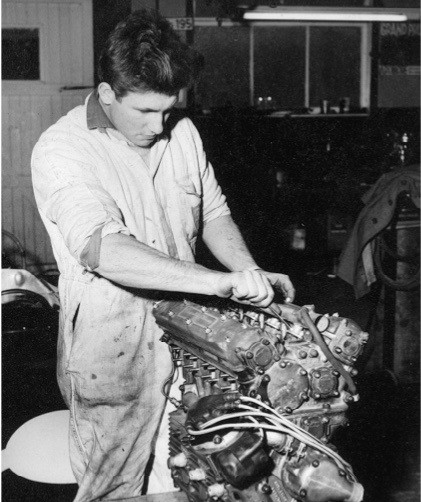
The mechanic Tony Cleverly who joined the Pippbrook Garage as a 16 year old school leaver in 1955. He and the team would often work 24 hour stints to get the cars prepared to race. At the start of the Canadian Grand Prix in 1955, he was tossed into the air when his legs were caught between car wheels. He later became the team’s chief mechanic.
The Taste of Victory

In 1958 Stirling Moss agreed to drive for the team alongside French champion Maurice Trintignant. Walker also hired Moss’s preferred mechanic, Alf Francis. 1958 was the beginning of the team’s ‘golden decade’, which saw Walker’s cars taking the chequered flag at races around the world. The team’s first win came when Moss triumphed in nail-biting circumstances at the Argentine Grand Prix. It was the first win by a ‘privateer’, rather than one of the manufacturers’ teams. That win was followed by Trintignant’s victory – his first in Formula One – in Monaco. The following year Moss won in Portugal and at the Italian Grand Prix at Monza, finishing a triumphant decade for team Walker.
Stirling Moss
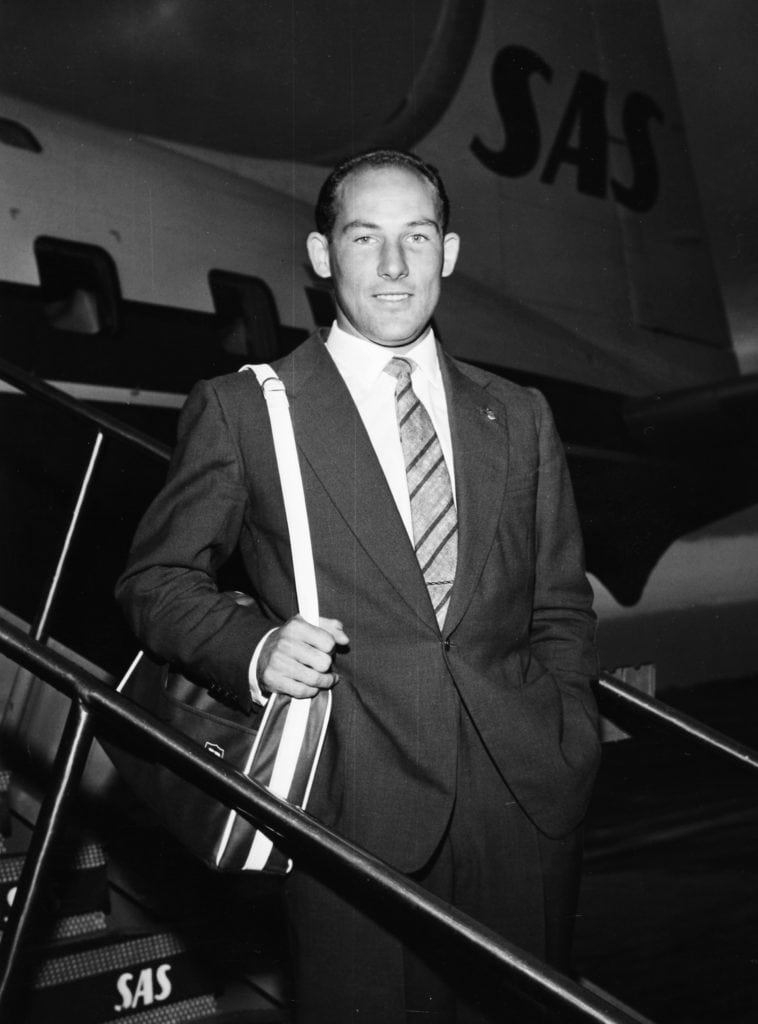
Born in 1929, Sir Stirling Moss, known as ‘Mr Motor Racing’, was one of the all-time greats. He turned professional at 18 and drove for Ferrari, Maserati, Mercedes-Benz, Jaguar and Vanwall. He also raced at Le Mans and won the Italian Mille Miglia 1,000-mile road race.
Moss finished runner-up in the Formula One Drivers’ World Championship four times, winning 212 races. From 1958 to 1962 he drove 90 races across various formulas for the Walker team. In 1962 he agreed to leave Walker and drive for Ferrari – on condition that Walker would run the Ferrari team. Had an accident at Goodwood that year not put an end to Moss’s career Ferraris prepared at Pippbrook would have competed on the world’s racing circuits.
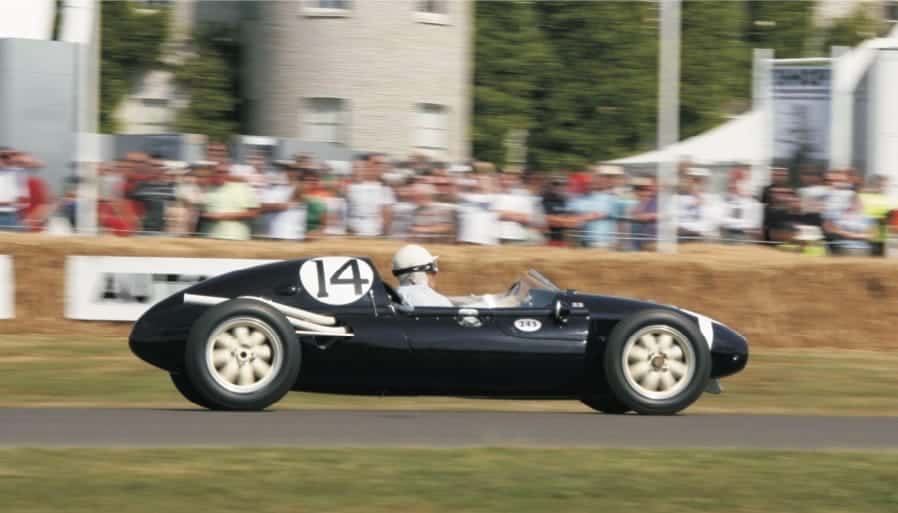
Race Report: The 1958 Argentine Grand Prix
At the opening race of the 1958 Formula One season Stirling Moss was driving a Walker Cooper T43. Compared with the large Ferraris and Maseratis, the under-powered Cooper, with its 1.9 litre engine, was regarded as something of a joke by the other teams.
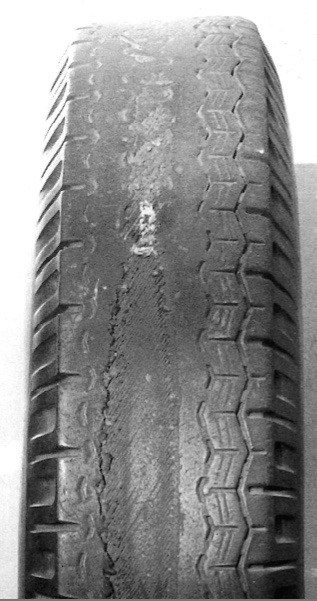
When the race distance was shortened from 400 kilometres to 313 because of hot weather conditions, the Walker team decided to avoid a pitstop by completing the race without stopping for new tyres. It was a high-risk strategy.
Despite near disaster early in the race, when the Cooper’s clutch broke, leaving the gearbox jammed in second gear, Moss continued. Soon afterwards a stone lodged itself in the car’s transmission mechanism allowing Moss to engage the rest of his gears for the remainder of the race.
As the heavier cars stopped for new tyres, Moss drove into second position. Meanwhile the team busied themselves pretending to prepare for a tyre change to fool the other teams as to Moss’s intentions. By the end of the pitstops Moss’s Cooper was in the lead and by lap 70 (of 80) the other teams had realised that Moss was not stopping. The Maserati and Ferrari drivers tried to catch Moss, whose tyres were now disintegrating, but he edged across the line 2.7 seconds ahead of his nearest rival to claim the Rob Walker Team’s first Formula One Grand Prix win.
Last : Pippbrook Garage
Next : The Chequered Flag

